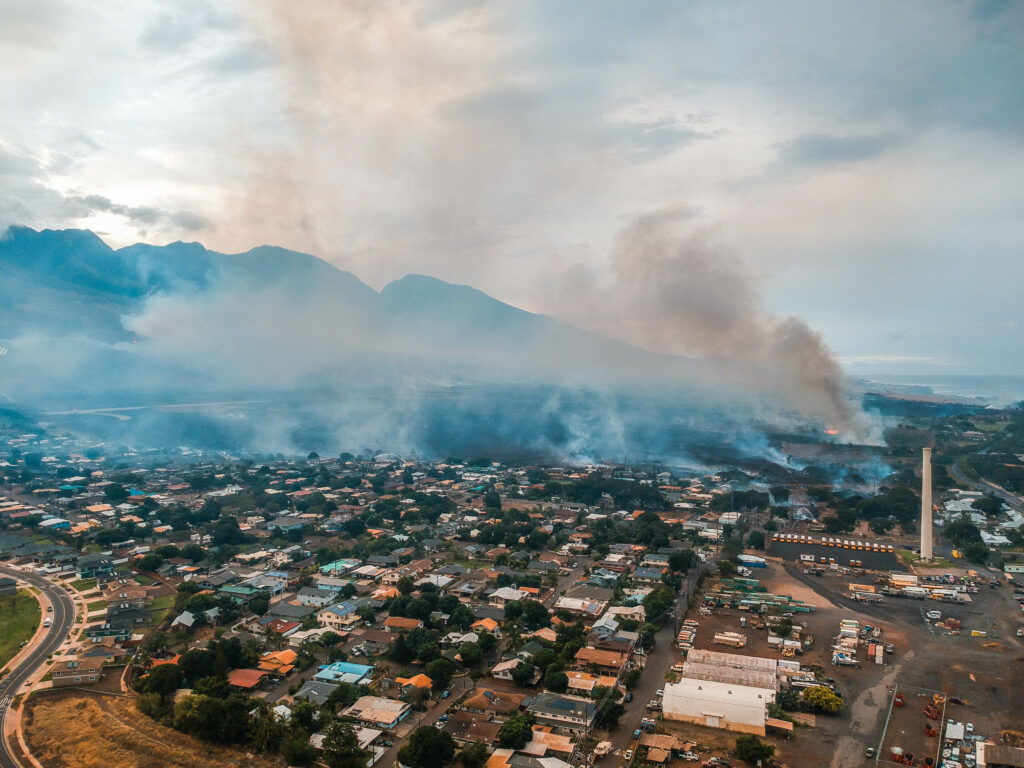According to a new report from Redfin, places facing high risks of poor air quality are losing residents faster than they used to, while places with a low risk are gaining residents faster than they used to.
During the 2021-2022 calendar years, more than 1.2 million more people moved out of—rather than into—metropolitan areas facing high risk from poor air quality, more than double the net outflow of the prior two years.
Conversely, metropolitan areas with low risks of poor air quality saw one million more people move in, rather than out, nearly double the net inflow of the prior two years.
All of this domestic migration data comes from the U.S. Census Bureau and air quality reports come from First Street. First Street assigns nearly every U.S. home a risk rating—minimal, minor, moderate, major, severe or extreme. For this report, a “high risk” metro is one where at least 10% of properties fall into the major, severe or extreme categories, and a “low risk” metro is one where less than 10% of properties fall into those categories. First Street’s rating system is based on the number of poor air quality days expected annually today and in 30 years. It includes two common pollutants: Particulate matter (PM2.5), which often comes from wildfire smoke, and ozone (O3), which occurs when pollutants react with heat/sunlight.
“Deciding where to live is all about prioritization. With housing costs hovering near their record high, the top priority for many homebuyers is getting a good deal,” said Redfin Chief Economist Daryl Fairweather. “Even when homebuyers do consider climate change, poor air quality often isn’t top of mind because it’s not as visibly destructive as hazards like flooding and fires. But as the dangers of climate change intensify, we will likely see more people factor air quality and other disaster risks into their decisions about where to settle down.”
Among high-risk metropolitan areas, many are concentrated in Western states like California, which has been plagued by smoke from intensifying wildfires in recent years. The median home sale price in high-risk metros was $563,710 as of December, 65% higher than the $341,483 median sale price in low-risk metros.
A separate survey commissioned by Redfin found that 9% of recent U.S. home sellers cited concerns about climate change as a reason for their move. Other reasons were more common. The top three answers were more space (31%), proximity to family (24%), and getting a better deal on a home (20%).
By the numbers, the amount of poor air quality days has surged 477% in some areas between 2000 and 2021, due in large part to wildfire smoke according to First Street and the Environmental Protection Agency. The Biden Administration last week tightened standards for deadly air pollution, targeting PM2.5, which comes from factories and power plants in addition to wildfires.
Further, according to Redfin, there are roughly 14 million U.S. properties (about 10% of all properties) that are estimated to have at least a week of poor air quality per year due to PM2.5 today, and almost 6 million of those face at least two weeks. Some places grapple with months of unhealthy air. Fresno, California is expected to have over two months of poor air quality in a bad year under current environmental conditions, and more than three months 30 years from now, primarily due to wildfire smoke.
Click here to view the research in its entirety.





